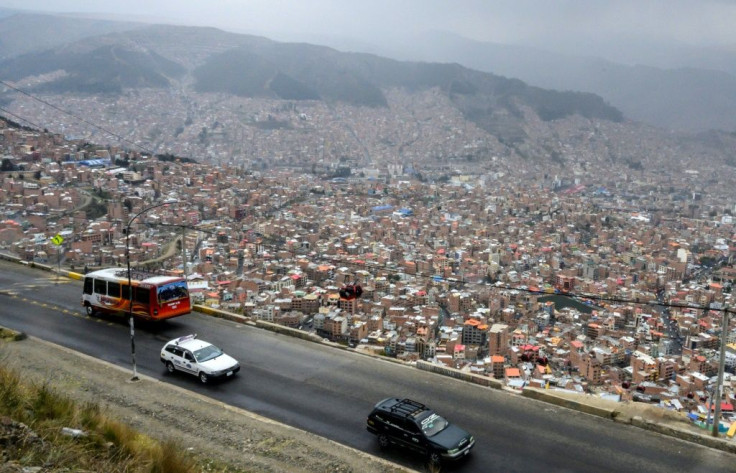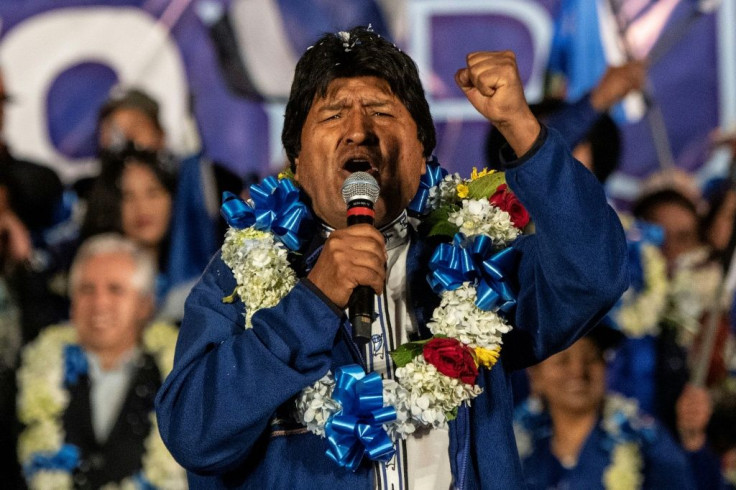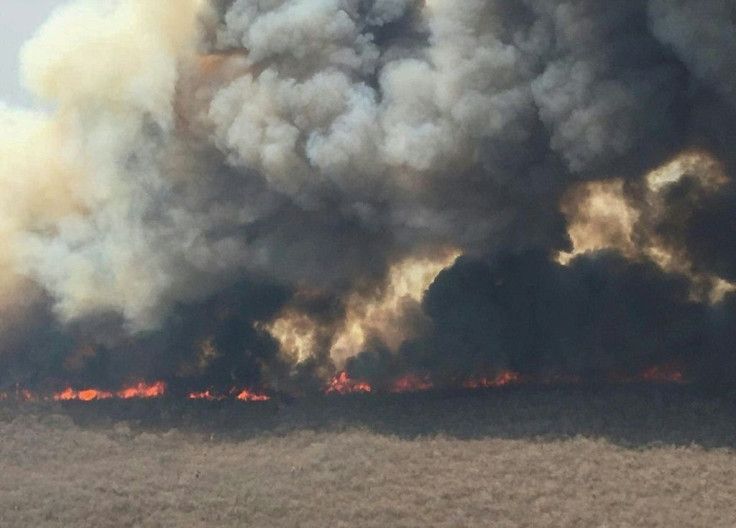Bolivia: Latin America's Indigenous Heartland

Landlocked Bolivia, which holds presidential elections Sunday, is home to Latin America's largest indigenous population and is among its poorest countries despite its giant gas reserves.
Here is some background.
Indigenous president
Sixty-two percent of Bolivia's 11.3 million people are from indigenous groups, and the country -- once part of the vast Inca empire -- elected its first indigenous president, Evo Morales Ayma, in 2005.
The Movement for Socialism (MAS) party president is running for a fourth term on Sunday and leading in the opinion polls.
After taking power in 2006, he steered through a new constitution aiming to bolster indigenous rights and living conditions after decades of oppression by an economic elite largely of European or mixed descent.
Around 36 indigenous languages are officially recognised, including Quechua, Aymara and Guarani, as well as the indigenous legal system, which is different to Bolivian state law.
Political instability
Morales is the region's longest-serving leader still in power and has brought relative stability to a previously politically volatile country.

Since independence in 1825, there have been about 200 coups or attempted coups. Between 1978 and 1982, there were nine different governments.
Morales, a former coca farmer, obtained Constitutional Court permission in 2017 to run again for president even though the constitution allows only two consecutive terms.
Nationalized economy
Bolivia is a regional leader in terms of growth, reaching 4.2 percent in 2018 (World Bank) thanks notably to Morales' nationalization of the gas, oil and other sectors.
Government revenue from the oil and gas industry rose from $673 million in 2005 to $2.28 billion in 2018.

The state also controls telecommunications, pensions, hydroelectric power stations, airports and mining, using earnings to fund social programmes and public infrastructure.
Morales has increased the minimum wage several times.
Mineral-rich but poor
While still among the poorest countries in Latin America, Bolivia's poverty rate has decreased from 45 percent of the population in 2010 to 35 percent in 2018, according to the World Bank.
It sits on the region's second-largest gas reserves, after Venezuela, and the world's largest reserves of lithium.
It has increased foreign investment, particularly from China, for exploitation of its resources, aiming to become the world's fourth largest producer of lithium by 2021.
Bolivia is the world's third biggest cultivator of coca -- which can be used to produce cocaine -- after Colombia and Peru, according to the UN.
Landlocked and forested
Surrounded by Brazil, Paraguay, Argentina, Chile and Peru, the country lost its prized route to the Pacific Ocean in a 19th century war with Chile.
In 2018, the International Court of Justice rejected its bid to regain access to the coast.
La Paz is the highest capital city in the world, at 3,900 metres (12,800 feet) above sea level, and the Andes mountain range covers a third of Bolivian territory.
About half of the land area is forested, most of it Amazon equatorial rainforest.
Weeks of fires from August to October this year ravaged more than four million hectares (10 million acres) of forest and grassland, killing more than two million wild animals including jaguars and llamas.
© Copyright AFP 2024. All rights reserved.




















